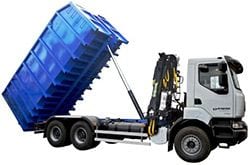
PTV - Porsche Torque Vectoring
Porsche Torque Vectoring with variable rear-wheel torque distribution and a mechanical rear differential is a system that actively enhances driving dynamics and stability.
Depending on steering angle and speed, accelerator pedal position, yaw moment and speed, PTV significantly improves maneuvering and steering precision by targeting the brake on the right or left rear wheel.
What does this mean in practice? During dynamic cornering, the rear wheel is subjected to slight braking within the corner, depending on the steering angle. The effect? The wheel outside the curve receives more driving force, so the car rotates (yaw) around a more pronounced vertical axis. This makes cornering easier, making the ride more dynamic.
Thus, at low to medium speeds, maneuverability and steering precision are significantly increased. In addition, at high speeds, the system, in combination with a mechanical limited-slip rear differential, provides greater driving stability.
Even on uneven surfaces, wet and snowy roads, this system, together with Porsche Traction Management (PTM) and Porsche Stability Management (PSM), demonstrates its strengths in terms of driving stability.
Since PTV increases driving dynamics, the system remains active on sports trails even when PSM is deactivated.
Principle: efficiency. For exceptional performance and stability, no additional components are required beyond a mechanical limited-slip rear differential. In other words: driving pleasure increases, but not weight.
Source: Porsche.com
